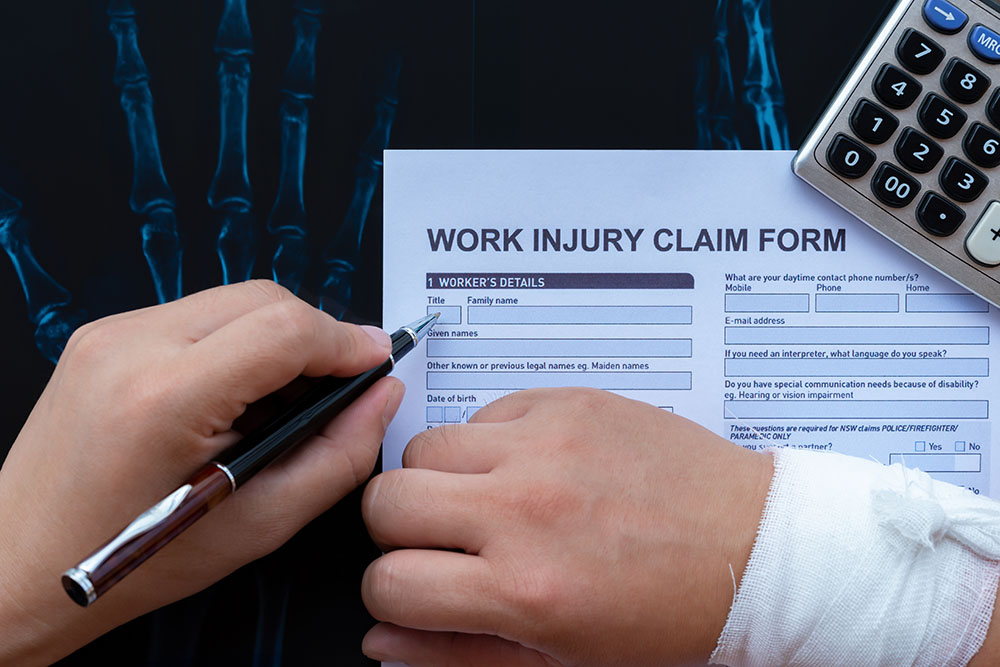The prevalence of sexual abuse in educational institutions is an issue that warrants serious attention and understanding. It affects thousands of students across the country, impacting their emotional well-being, academic performance, and future lives. As a trusted personal injury law office, we are committed to helping survivors of educational sexual abuse navigate the complexities of the legal system, ensuring they understand their rights and secure the justice they deserve.
In this article, we will focus on key aspects of sexual abuse cases within educational settings. We’ll provide invaluable guidance, advice, and resources to empower survivors, their families, and the community as a whole. With these informative and comprehensive articles, we aspire to offer the support and resources necessary for survivors of sexual abuse in educational institutions to understand their rights, embark on their journey toward healing, and hold their abusers and the institutions responsible for their safety accountable.
Legal and Institutional Responsibilities in Protecting Students
Educational institutions have a duty to ensure the safety of students within their care. This responsibility includes creating a safe environment, implementing policies, and providing specific training to staff to prevent sexual abuse or harassment. Institutions that fail to fulfill these obligations could be found negligent and held legally responsible for damages caused. Administrators and educators must be vigilant in their commitment to maintaining a safe, educational environment, recognizing warning signs, and promptly addressing any concerns that arise.
Common Myths vs. Facts of Sexual Abuse in Educational Settings
To provide effective support to survivors, it is crucial to dispel misconceptions about sexual abuse in educational settings and establish a clear understanding of the facts:
Myth: The rates of sexual abuse in schools and colleges are negligible.
Fact: Studies indicate that many students experience some form of sexual abuse or harassment during their schooling years, highlighting the importance of recognizing and addressing this issue.
Myth: Female students are the exclusive targets of sexual abuse.
Fact: Sexual abuse in education affects individuals of all gender identities, including males and non-binary individuals, and occurs across various grade levels.
Myth: Only strangers commit sexual abuse in school settings.
Fact: Perpetrators often include authority figures such as teachers, coaches, and administrators who wield influence and control within the educational environment.
Reporting and Investigative Procedures for Sexual Abuse in Education
It is vital to understand the proper reporting and investigative procedures in educational settings:
1. Identify the Appropriate Authority: The first step in reporting sexual abuse is identifying the correct authority within the educational institution to address your concerns. In many cases, this may involve speaking with a guidance counselor, principal, or designated Title IX coordinator.
2. Reporting Channels: Educational institutions must provide clear reporting channels for students, parents, and staff. They should also foster a safe environment to encourage reporting and ensure confidentiality.
3. Investigation Process: Upon receiving a report of sexual abuse, institutions should promptly initiate a thorough investigation, adhering to guidelines and requirements under Title IX and other applicable laws.
4. Internal and External Reporting: Besides reporting abuse within the school system, survivors may wish to file a complaint with local law enforcement or state education authority.
The Long-Term Impact of Sexual Abuse in Education
Survivors of educational sexual abuse often experience a range of long-lasting consequences, including:
1. Emotional and Psychological Challenges: Survivors may struggle with depression, anxiety, PTSD, or feelings of shame and guilt.
2. Academic Impact: Sexual abuse can significantly affect a student’s academic performance and interest in schoolwork, leading to declining grades or even dropping out of school or college.
3. Interpersonal Relationships: Trust issues and intimacy challenges may arise, affecting relationships with family, friends, and romantic partners.
4. Career and Future Opportunities: If the abuse affected academic performance or forced a survivor to leave the institution, it may also impact future career opportunities and stability.
Filing a Civil Lawsuit for Sexual Abuse in Education
Survivors of sexual abuse in educational settings have the right to seek compensation for damages incurred. Our highly experienced personal injury attorneys can guide you through the process of filing a civil lawsuit, which typically involves:
1. Consultation and Analysis of Your Case: Discuss your case with an attorney who specializes in sexual abuse cases to understand its merits and potential strategies.
2. Gathering Evidence: Your legal team will collect evidence to support your case, such as documentation, witness statements, and expert testimonies.
3. Negotiations and Settlement: In some instances, a settlement can be reached through negotiation with the educational institution, avoiding a trial.
4. Courtroom Proceedings: If a settlement cannot be agreed upon, the case will proceed to a courtroom trial, where a judge or jury will determine the outcome.
Conclusion
Survivors of sexual abuse in educational settings have a right to seek justice and hold their abusers accountable. By understanding the legalities involved, identifying resources, and seeking the guidance of knowledgeable sexual abuse lawyers, you can pursue the compensation and peace of mind you deserve.
Don’t be afraid to take the first step towards healing – contact Greg Jones Law, P.A. today for a confidential consultation and let our team of professionals help you navigate your journey to recovery and justice.




